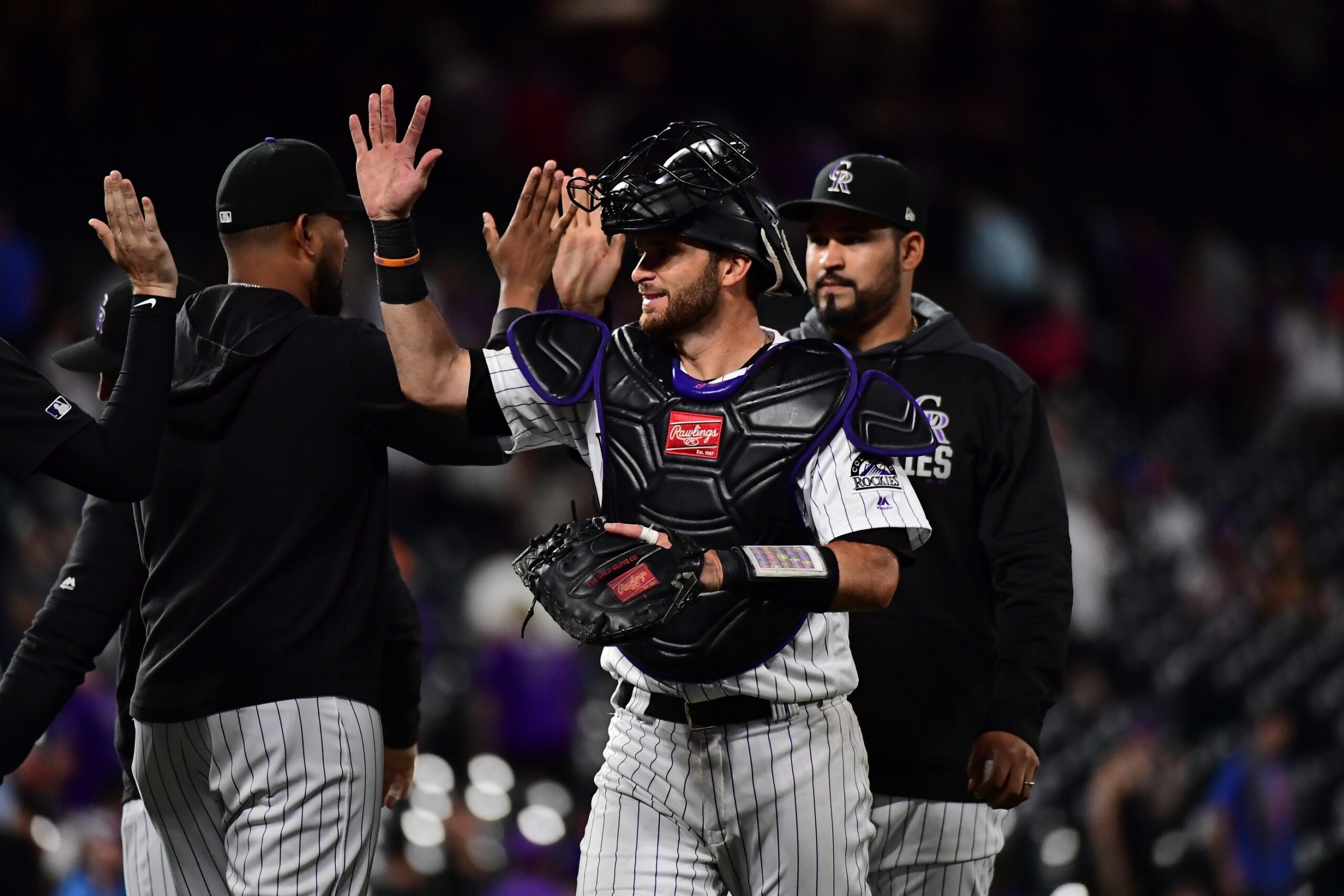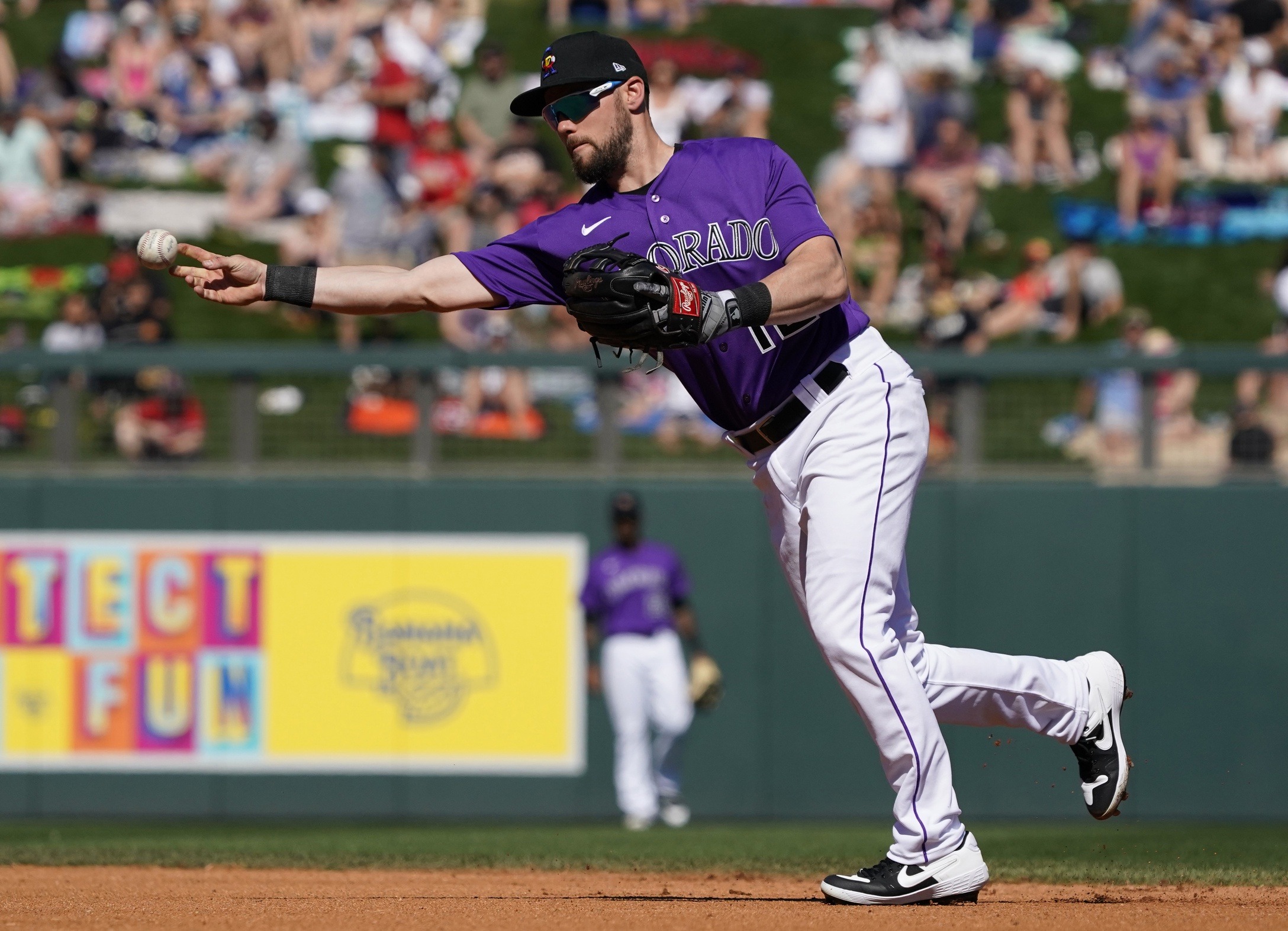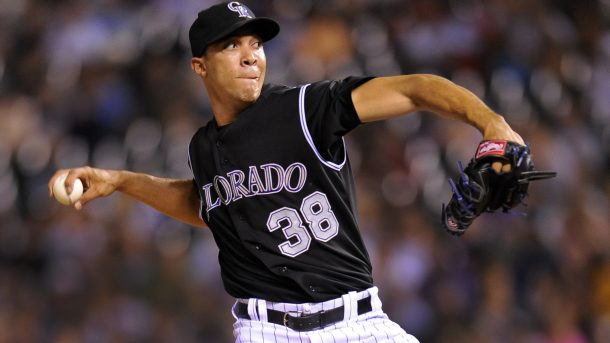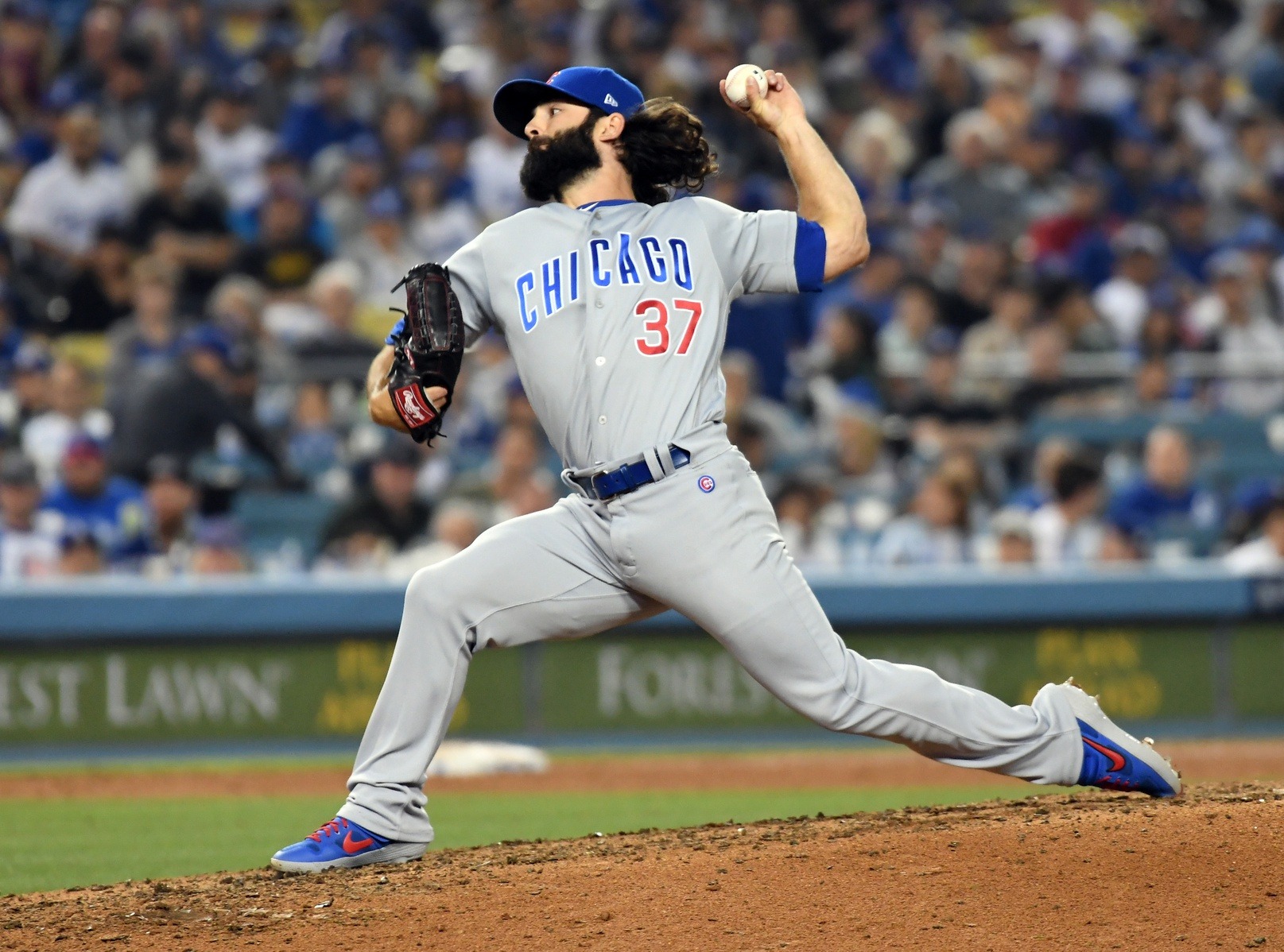© 2024 ALLCITY Network Inc.
All rights reserved.

On May 16, Major League Baseball presented the players’ union with a 67-page report outlining the new safety protocol for a potential 2020 season.
The report, obtained by The Athletic, focused on four primary areas to combat the spread of the novel coronavirus: testing, travel, procedures at the baseball facility and Spring Training.
While many of these recommendations – such as no spitting, no high-fives or fist bumps – seem to remove some basic elements of the game, the overall goal for MLB is clear: create a hermetic seal around the teams and the sport can safely survive.
The most intriguing information out of the report regards Spring Training 2.0 and how it will differ from the norm.
Should Coors Field and all other major league parks be forced to hold workouts, staggering players through the day for training will be a necessity. Team have also been encouraged to use a different locations like stadium for college or minor league baseball for split-squad games.
Clubs may even be limited to 50 players during this abbreviated period before the start the season in July. Since the increase for injuries rises exponentially under the parameters of a shortened Spring Training, it’s been suggested that 40-man rosters could expand to accommodate these additional players, not to mention the newly-altered 26-man rosters become 30-man rosters.
New Faces
Supposing all current members of Colorado’s 40-man roster stay in place, this creates space for 10 new additions to a potential 50-man roster.
In a normal environment, a player on the 40-man roster could be designated for assignment in order to create room for an excluded player. Sometimes, that designated player could be retained on a minor league deal. With every team having the luxury of an additional 10 roster spots, hoping to have the best of the both worlds may not be a possibility.
It’s unclear how teams will approach the complexities of an expanded roster. On one hand, veteran players or non-roster invites make for a more competent team in the present; on the other, a chance for younger players on the brink of making their debut could be invaluable, especially as any hope for a minor league season is minimal at this point. A mix of the two groups is the likely the safest option for an 82-game season.
While Monday’s release of RHP Tim Melville means the Rockies have a little less competition, there are many players vying for a shot in the Show.
Catcher
Before the sporting world shut down on the evening March 11, Elias Díaz appeared to be a lock for the 40-man roster as Tony Wolters’ backup. After batting .429 (9-for-21) and showing excellent defensive abilities, the 29-year-old non-roster invite was ticketed for Denver, even though it meant optioning rookie Dom Nuñez for more seasoning in Triple-A. Now, both could play a role developing Colorado’s youthful pitching staff.

Drew Butera offers a veteran presence as well as depth at catcher should minor leaguers Chris Rabago and Brian Serven be deemed as less than ready for primetime.
Infield
Much like Díaz, Chris Owings turned some heads in Scottsdale this spring after down seasons offensively in 2018-19. With an ability to play all infield and outfield positions, he’s a lock to wear purple at some point during a 2020 season especially after hitting .360 (9-for-25) and flashing leather all over Salt River Fields.

The rest of the infield options come with question marks and it’s a crapshoot for what could be the last remaining spot on the 50-man roster.
Non-roster invites Kelby Tomlinson and Eric Stamets have big league experience and flexibility to play up the middle, but lack the upside of certain purple prospects.
Bret Boswell has been an organizational favorite for some time and has even added outfield to his mix of positions. The 25-year-old struggled at Double-A last season while learning how to play center field, showing solid power along the way.
Third baseman Colton Welker spent all of 2019 with the Hartford Yard Goats as well, spending more time at first base than in seasons’ past.
Alan Trejo was the surprise of 2020 Spring Training. The defense-first shortstop skipped Low-A after being drafted in the 16th round in 2017 out of San Diego State and put together a batting average of .353 across 21 plate appearances this spring.
Outfield
Colorado did not invite many non-roster outfielders to camp at Salt River Fields. Only 27-year-old Mike Gerber came from outside the organization following a productive 2019 spent primarily in Triple-A.
With six outfielders on the original projected 26-man roster, not to mention Yonathan Daza and utility players such as Owings and Boswell with positional flexibility, there simply isn’t much need for depth when it comes to patrolling the expanse of the Coors Field greenery.
Brian Mundell is one player with some experience, spending a majority in 2019 on the grass at Isotopes Park in Albuquerque after only 24 games in the outfield prior. With the designated hitter being instituted in the National League for the first time, the Santa Clarita Giant could become a viable option if the opportunity presents itself.
Starting Pitching
Arguably, Colorado’s biggest offseason acquisition was career minor leaguer Jose Mujica, but headlining their transactions was the return of Ubaldo Jiménez. Following two years away from the sport, the 36-year-old made three appearances with the Rockies and pitched to a 8.44 earned run average.

After being acquired as a reliever from Atlanta in August, Wes Parsons re-signed as a starter following his designation in November. Moved to the bullpen late in 2018, the 27-year-old righty had predominantly been a starting pitcher for six seasons. He struggled in spring adapting to his new role, but could prove valuable as a long reliever in a Chad Bettis type of role.
Ryan Rolison may have joined the organization in June of 2018, but the 22-year-old has moved quickly throughout the minor leagues. Scheduled to begin at Double-A, the left-hander could make his debut if the starters above him on the depth chart become less feasible options or, should the Rockies find themself in contention for a playoff spot, appear out of the bullpen to provide an energetic boost against opposing left-handed hitters.
Relief Pitching
Colorado quietly welcomed a reliever with World Series experience when they signed Tim Collins during the offseason. The 30-year-old made his mark with the Kansas City Royals for four seasons before consecutive Tommy John surgeries sidelined the left-hander for three years.

Joe Harvey made his debut with the New York Yankees in 2019 before the Rockies acquired the 28-year-old right-hander in a trade to bolster the bullpen. He was outrighted to Triple-A in December and could make his way back to Denver on a 50-man roster.
Alexander Guillen had a productive 2018 at Lancaster in the hitter’s haven known as the California League and followed it up with 1.53 ERA at Double-A Hartford across 76.2 innings. A stint in the Arizona Fall League – 0.90 ERA in 10 innings – further raised his stock as a potential contributor to Colorado in 2020.
Verdict
Given the unusual circumstances that have already postponed the entire 2020 season so far, decisions regarding a 50-man roster will likely come down to preparedness: who did the best at home to keep themselves sharp through April and May.
During a typical season, Colorado already requires about 50 players, so they will not be able to afford to take any player on the fringes of the 50-man roster who is in less than peak physical condition for an 82 game season with minimal off days.
While this would suggest the more veteran players will have an upper hand as experience is always the best teacher, Colorado has done well to communicate with younger players in it’s organization to ensure these two lost months are not a complete loss for the best and brightest purple prospects.
Comments
Share your thoughts
Join the conversation

The Comment section is only for diehard members
Scroll to next article


